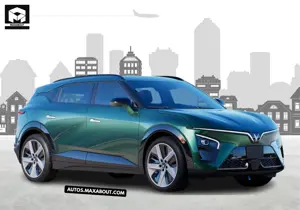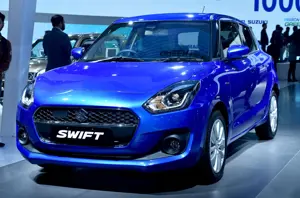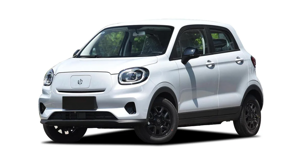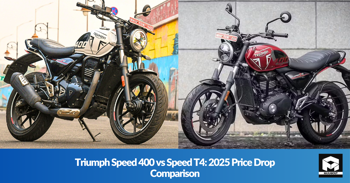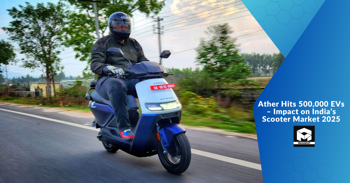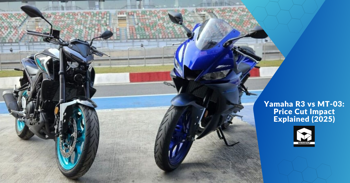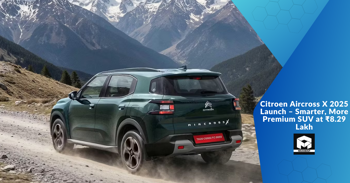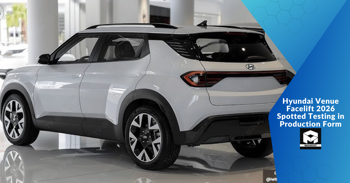Is the NS160's oil-cooled engine actually better than air-cooled alternatives?
The Bajaj Pulsar NS160 features an oil-cooled engine, which the company touts as a significant advantage over traditional air-cooled engines found in many competitors. This cooling system is said to offer better heat management and potentially improved performance and longevity. However, there's debate among riders and enthusiasts about whether the benefits of oil cooling in a 160cc engine are noticeable in real-world conditions. Some argue that it's overkill for this displacement and adds unnecessary complexity and cost. Others claim it makes a tangible difference in performance, especially in hot climates or during prolonged high-speed riding. The discussion often extends to comparisons with air-cooled engines in terms of maintenance, reliability, and overall riding experience.
Honestly, I can't tell much difference. Maybe it helps on really hot days, but in normal riding, it seems like overkill for a 160cc.
Most Popular Cars
Based on Cars Popular on Maxabout
Kia Seltos EV
₹ 20,00,000
918 Views
BMW X1 sDrive18d M Sport
₹ 52,50,000
729 Views
Tata Altroz EV
₹ 12,00,000
1229 Views Recently Added Cars
New Cars Added On Maxabout
VinFast VF7 Sky Infinity
₹ 25,49,000
423 Views
VinFast VF7 Sky
₹ 24,99,000
411 Views
VinFast VF7 Wind Infinity
₹ 23,99,000
434 Views Upcoming Cars
Exciting Upcoming Cars
Maruti Swift Hybrid
₹ 10,00,000
1563 Views
Renault Boreal Bigster SUV
₹ 13,00,000
1627 Views
Leapmotor T03
₹ 8,00,000
1147 Views Discussions and Questions Is The Ns160s Oil Cooled Engine Actually Better Than Air Cooled Alternatives
No answers found .
Latest News
Recently Added News
Triumph Street Triple RX vs Moto2: Key Differences Explained for 2025
Tuesday, 07 October 2025 6:14 AM
Citroen Aircross X 2025 Launch – Smarter, More Premium SUV at ₹8.29 Lakh
Monday, 06 October 2025 23:39 PM



